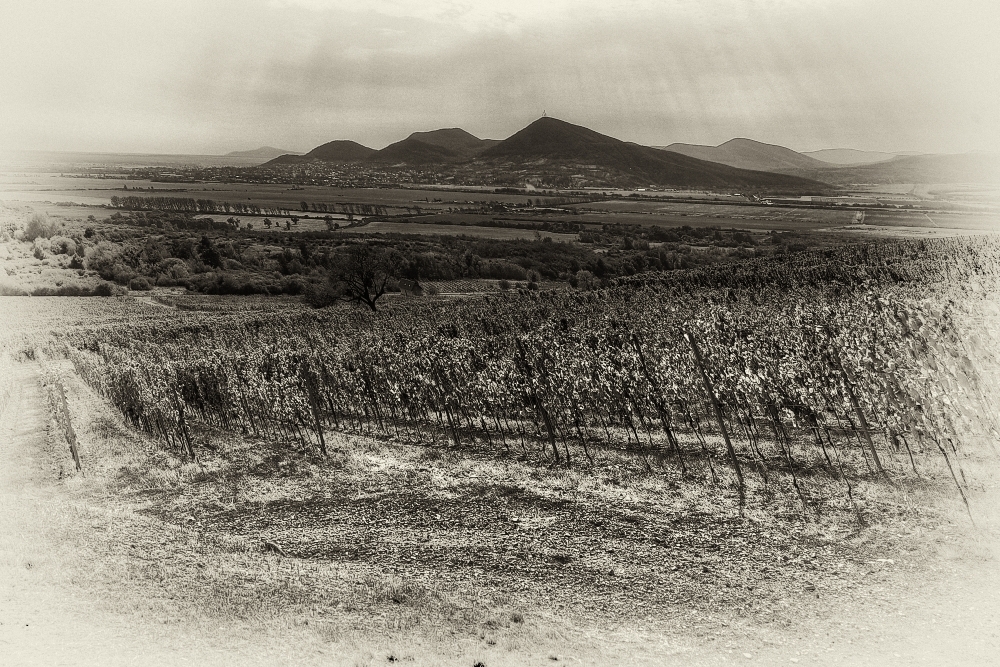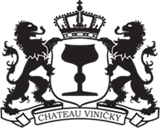Tokaj is located
The history of the Tokaj region
The Tokaj wine region is a geographically enclosed area of viticulture and winemaking in the watershed of the Bodrog River, bordered to the north in Slovakia by the Zemplín Mountains, the Rozhľadňa peak (469 m), and to the south in Hungary by the confluence of the Tisza and Bodrog rivers. The name Tokaj has Slavic origins, derived from the Old Slavic word "STOKAJ," meaning the confluence of two rivers, Tisza and Bodrog, in a figurative sense. The beginnings of vine cultivation are known from the period of Roman rule. After the fall of the Roman Empire, the Slavs continued grape cultivation. The invasion of the Tatars in 1241 depopulated the region, and vineyards were destroyed. King Béla IV colonized the depopulated land with Italians, who brought not only new cultivation experiences but also the basic Furmint variety. The history also credits King Matthias Corvinus (1458-1490) for the development of vine cultivation in the Tokaj region. During the Turkish wars and the Ottoman occupation from 1528, the area remained under Turkish rule for 170 years. During this time, vine cultivation did not significantly expand, but most of the Tokaj cellars date back to this period, built as shelters for people and property from marauding armies.
Gradually, the technology of Tokaj wine production improves, and by 1560, in the Latin-Hungarian dictionary of Fabricius Balázs, we encounter the term "cibéby" (grapes). These grapes form under favorable weather conditions in Tokaj varieties affected by the noble mold Botrytis cinerea Persoon.

The First Tokaj Selection
... was made by Maté Sepsi Laczko (1576-1633). He attended schools in Moldava nad Bodvou, Sárospatak, Wittenberg, and Hanau, returning to Erdőbénye in 1614. It was then that he began researching and producing Tokaj selections, establishing the exact recipe still used today. In 1631, on Easter, he gifted a Tokaj selection to Zuzana Lórántffy on the occasion of her 15th wedding anniversary with Juraj I Rákoczi.
The first law related to the Tokaj region was issued in 1655. This law mandated the picking of grapes for the production of Tokaj selections, laying the foundation for the technology of Tokaj wine production.
The greatest expansion of Tokaj wine was recorded in the 18th century, attributed to Francis II Rákóczi, the largest vineyard owner, who used Tokaj wine as a diplomatic tool against the Habsburgs. With magnificent gifts of Tokaj wine, he tried to win the favor of Louis XIV, Frederick I of Prussia, and Russian Tsar Peter the Great for his plans. Although the anti-Habsburg uprising was suppressed, the monarchs' love for the wine persisted. Louis XIV loved it so much that he called it "Vinum Regum Rex Vinorum" – "Wine of Kings, King of Wines." Tsar Peter the Great even established a commission in the town of Tokaj for regular wine purchases. Wine sent as a gift by Maria Theresa was blessed by Pope Benedict XIV with the words: "Blessed be the land that bore you, blessed be the lady who sent you, and blessed am I that I could enjoy you." Tokaj wine enchanted not only rulers. There is no drink in the world as celebrated as Tokaj. Giants like Voltaire, Beethoven, Goethe, Johann Strauss, Franz Schubert, Empress Elizabeth, and Pope Pius IV praised it.
After the dissolution of Austria-Hungary in 1918, the Tokaj region was divided between two states - Hungary and Slovakia, which has 908 ha delimited. The Slovak Tokaj region is the smallest and most attractive vineyard area in Slovakia. It is a historical and territorial part of the larger Tokaj region, which is among the oldest defined (legally delineated) vineyard areas. The royal decree of Charles III in 1737 precisely outlined the villages and vineyards where grapes could be grown for the production of Tokaj wines. This means that Tokaj is classified as older than Bordeaux, by almost 120 years.

 Slovenská verzia
Slovenská verzia

